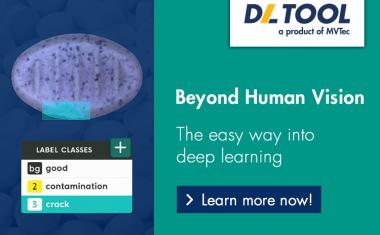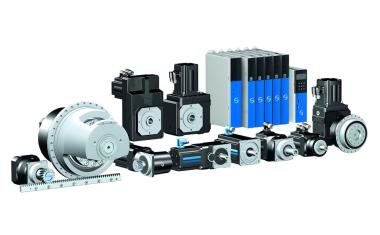Quantum sensing in your pocket
OLEDs can be used to map magnetic fields using magnetic resonance.
Smartphones could one day become portable quantum sensors thanks to a new chip-scale approach that uses organic light-emitting diodes (OLEDs) to image magnetic fields. Researchers from the ARC Centre of Excellence in Exciton Science at UNSW Sydney have demonstrated that OLEDs can be used to map magnetic fields using magnetic resonance. Sensing of magnetic fields has important applications in scientific research, industry and medicine. This technique is able to function at microchip scale and does not require input from a laser.
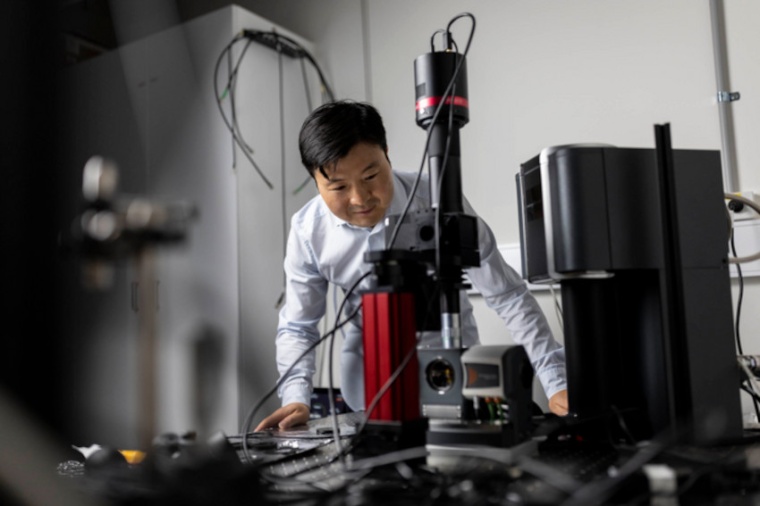
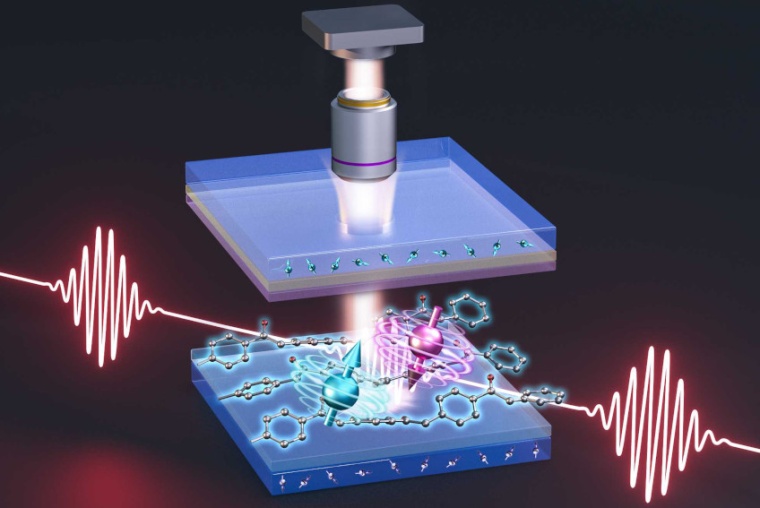
The majority of existing quantum sensing and magnetic field imaging equipment is relatively large and expensive, requiring either optical pumping from a high-powered laser or very low cryogenic temperatures. This limits the device integration potential and commercial scalability of such approaches. By contrast, the OLED sensing device prototyped in this work would ultimately be small, flexible and mass-producible. The techniques involved in achieving this are electrically detected magnetic resonance (EDMR) and optically detected magnetic resonance (ODMR). This is achieved using a camera and microwave electronics to optically detect magnetic resonance, the same physics which enables magnetic resonance imaging (MRI).
Using OLEDs for EDMR and ODMR depends on correctly harnessing the spin behaviour of electrons when they are in proximity to magnetic fields. OLEDs, which are highly sensitive to magnetic fields, are already found in mass-produced electronics like televisions and smartphones, making them an attractive prospect for commercial development in new technologies. Dane McCamey of UNSW said: “Our device is designed to be compatible with commercially available OLED technologies, providing the unique ability to map magnetic field over a large area or even a curved surface. You could imagine using this technology being added to smartphones to help with remote medical diagnostics, or identifying defects in materials.” Rugang Geng added: “While our study demonstrates a clear technology pathway, more work will be required to increase the sensitivity and readout times.” (Source: ARC / UNSW)
Link: ARC Centre of Excellence in Exciton Science, School of Physics, UNSW Sydney, Sydney, Australia
most read

New member of the board of VDMA Robotics + Automation
Dr. Michael Jürgens, CEO of Kuka Robotics, has been appointed to the board of the VDMA trade association.

HMS Networks takes over Industrial Communications division from Molex
This strategic acquisition includes intellectual property in hardware and software, a product portfolio with network cards and software stacks, as well as customer relationships in the USA and Japan.
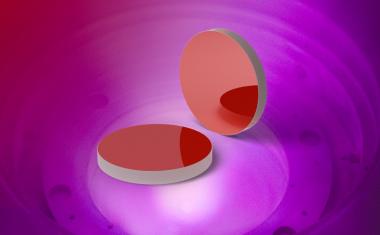
Laser Components: customized laser optics since 1986
Laser Components began coating individual laser optics almost 40 years ago. These are used in laser processes in numerous industries, including medicine, defense and aerospace.

Softbank acquires ABB's robotics business
The Softbank Group has reached a definitive agreement to acquire ABB's robotics business.
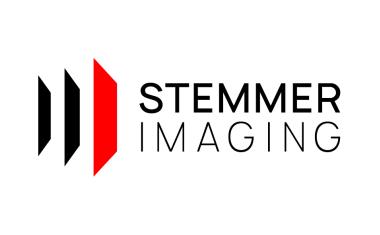
Change in management at Stemmer Imaging: Arne Dehn steps down
New interim CEO Paul Scholten takes over management





